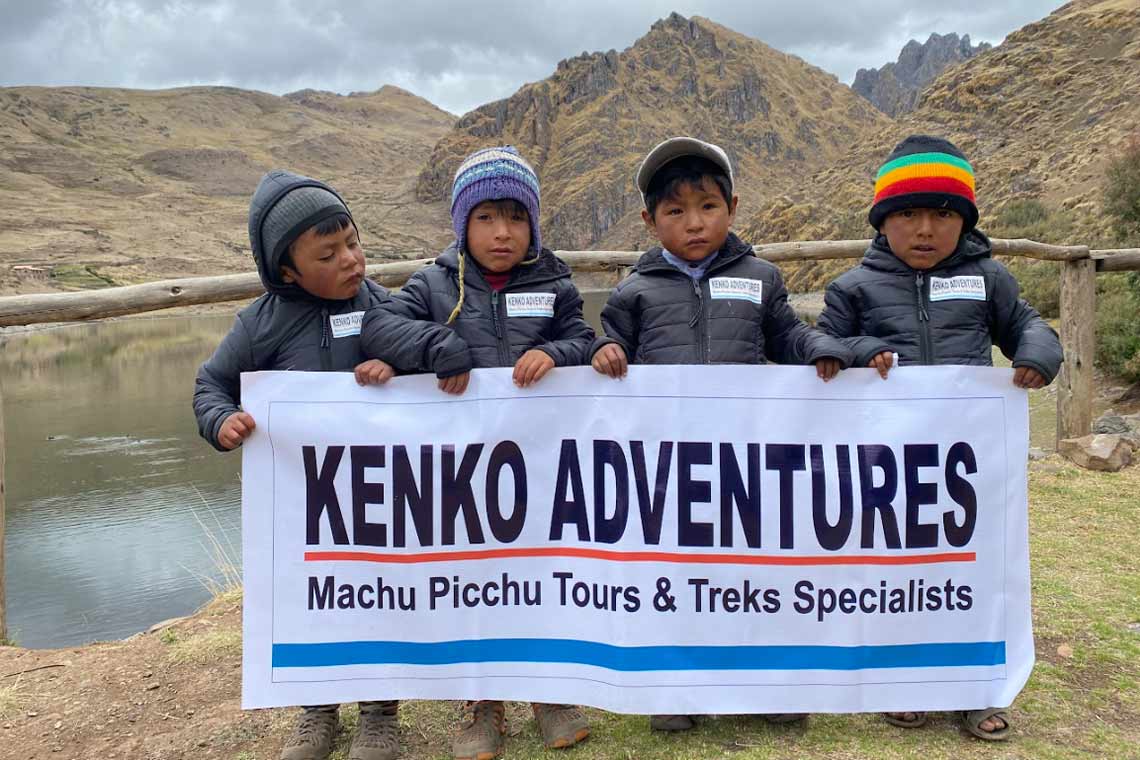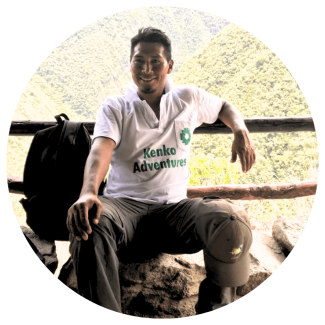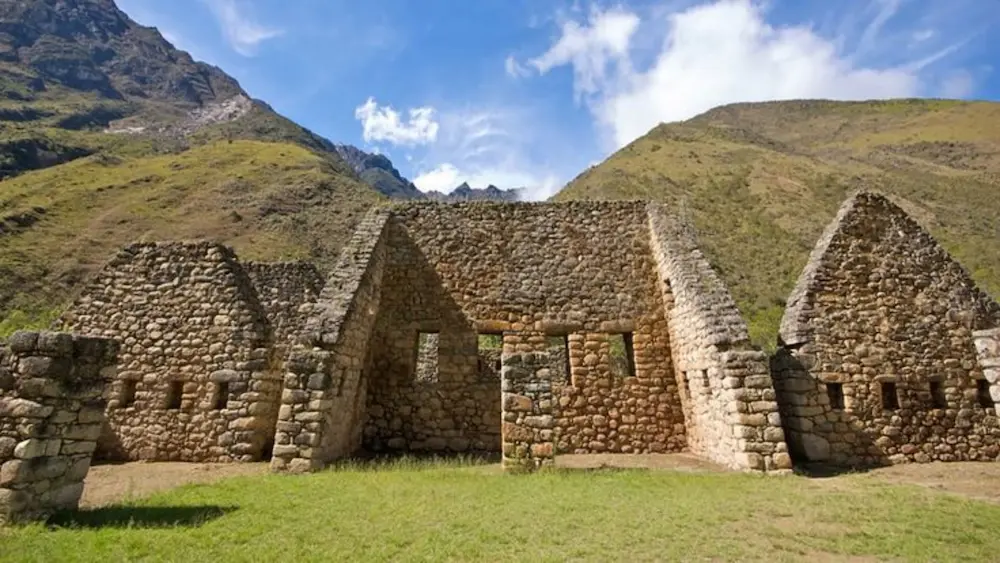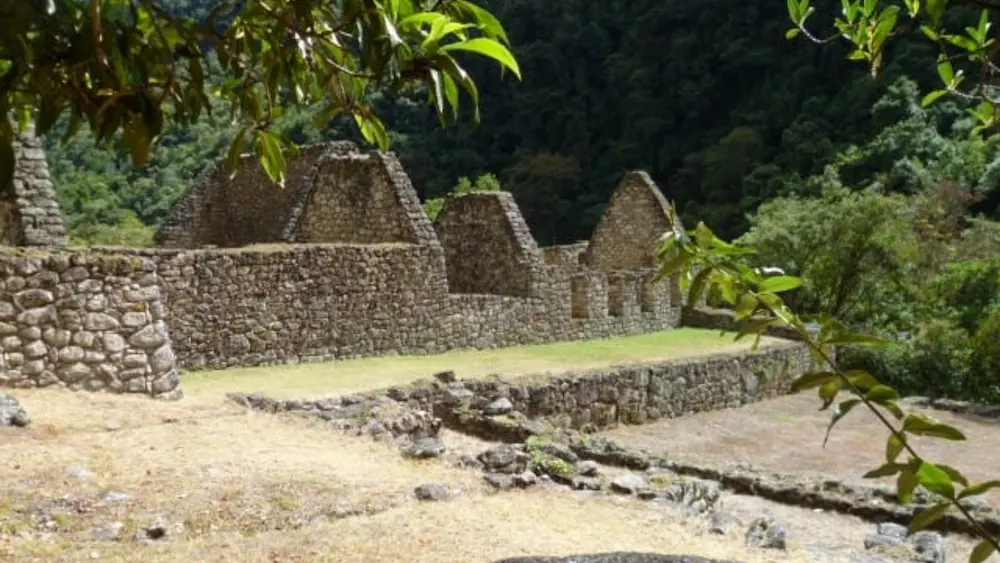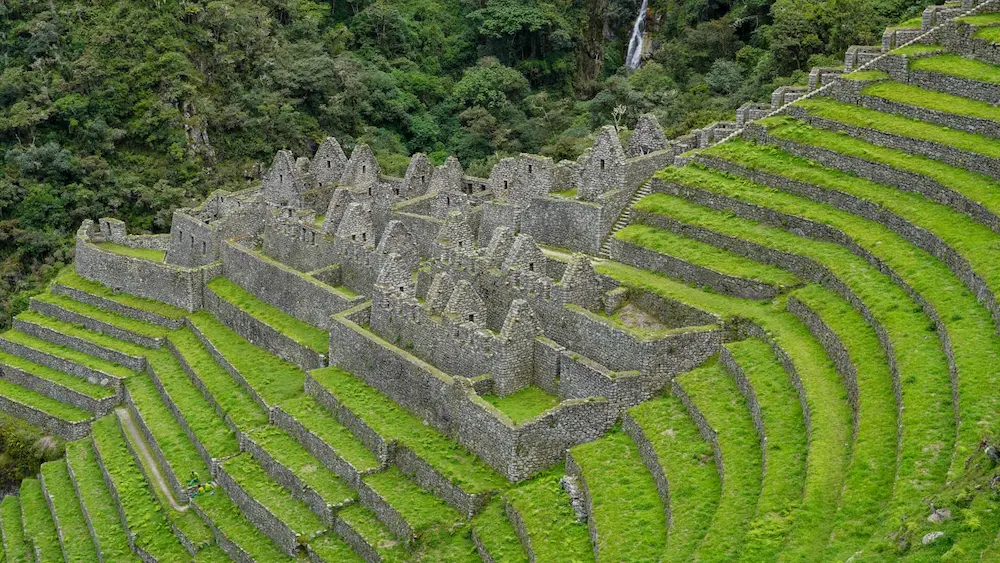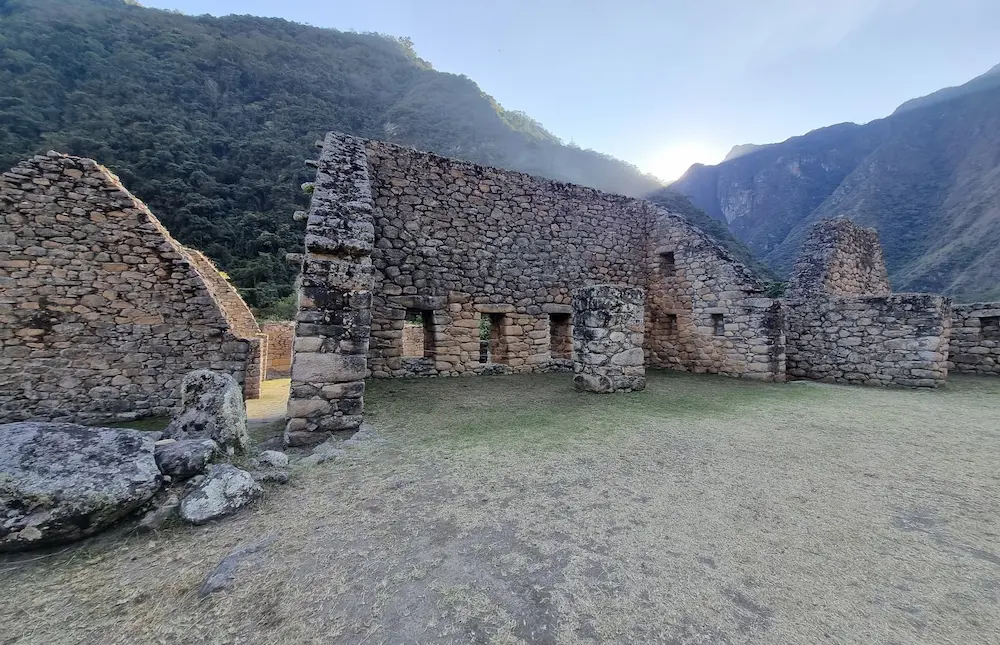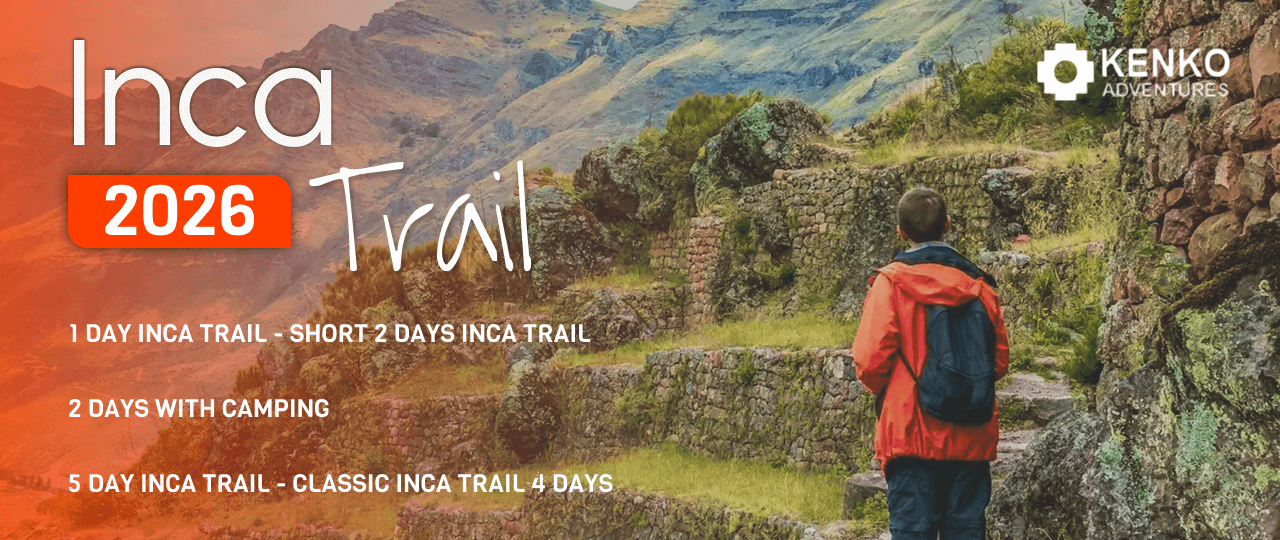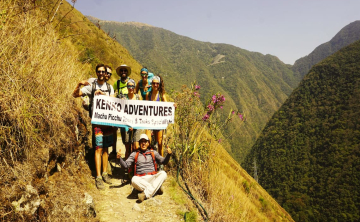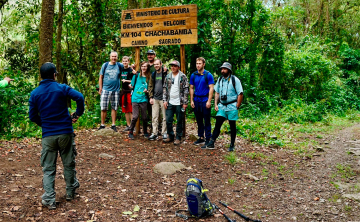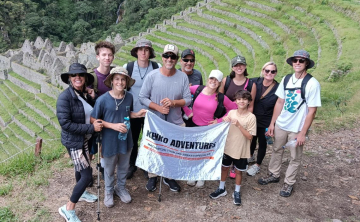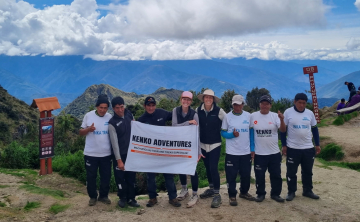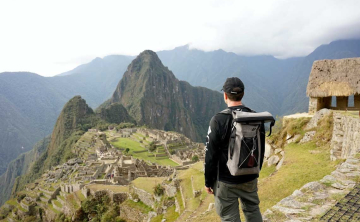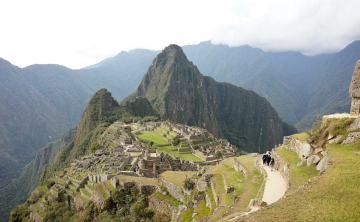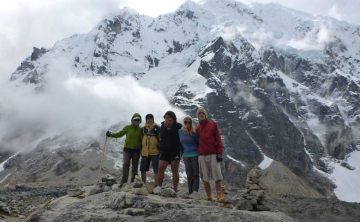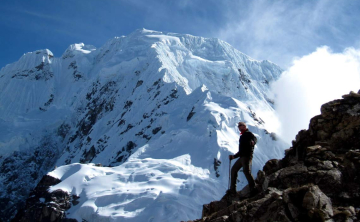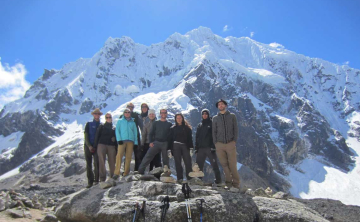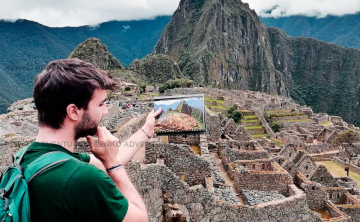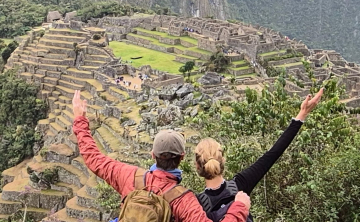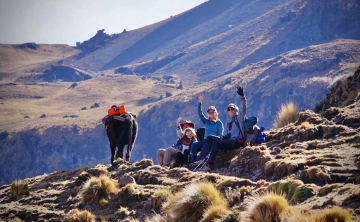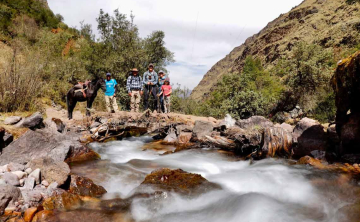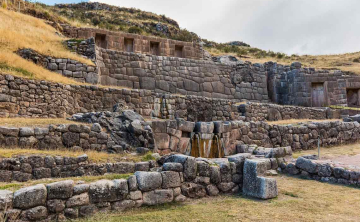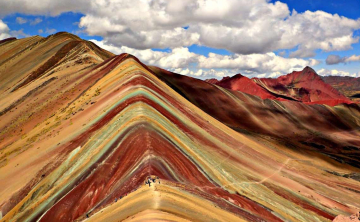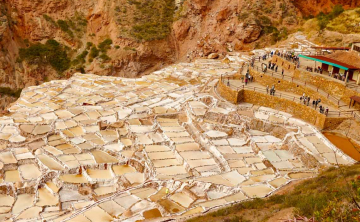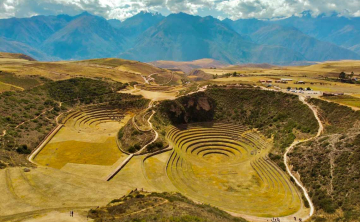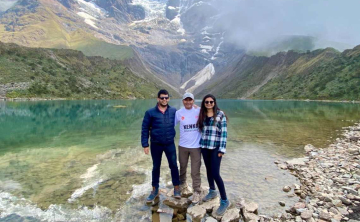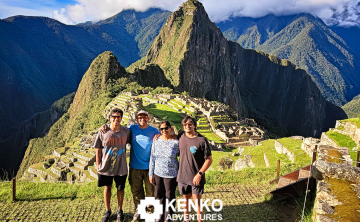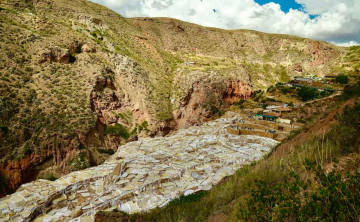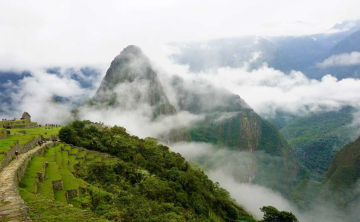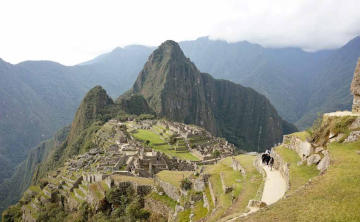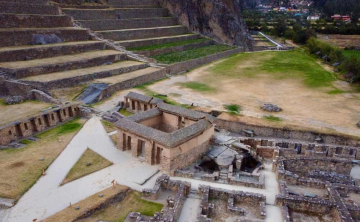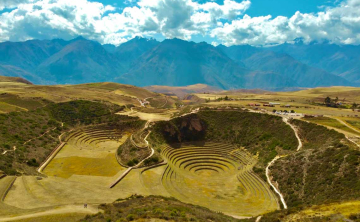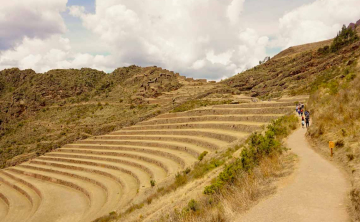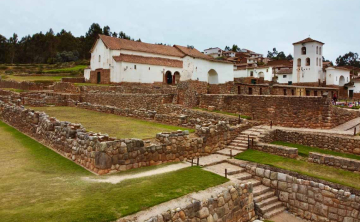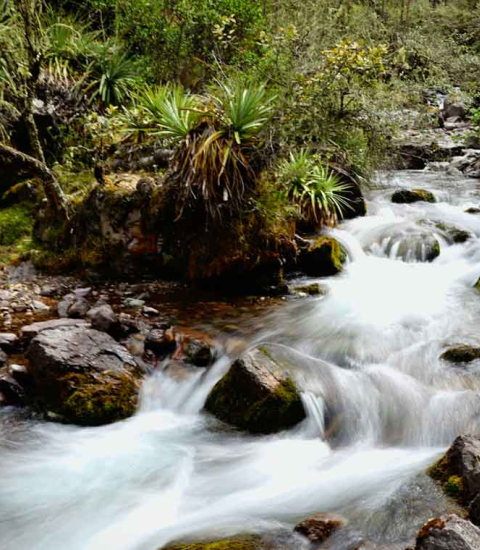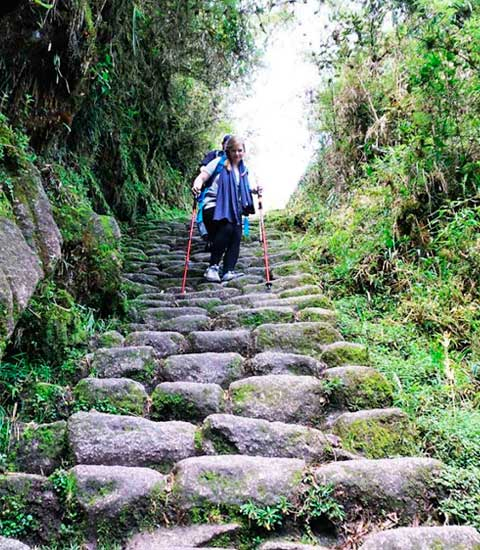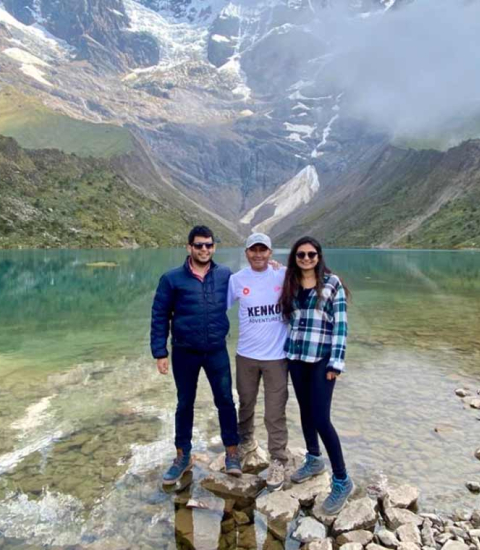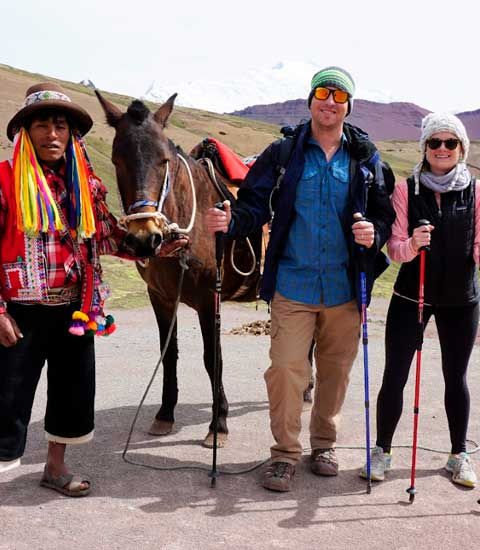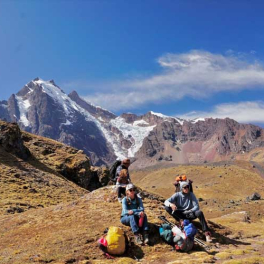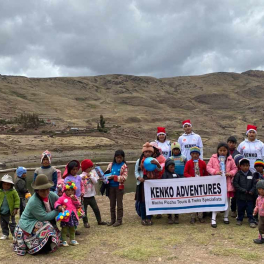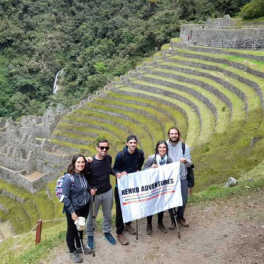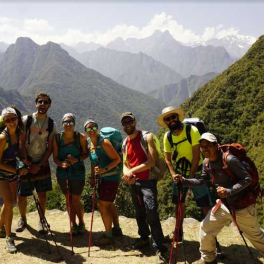We present our real culture life to our clients, hiring people from villages and communities of our region.
- Blog
- Chachabamba Peru
Chachabamba Peru
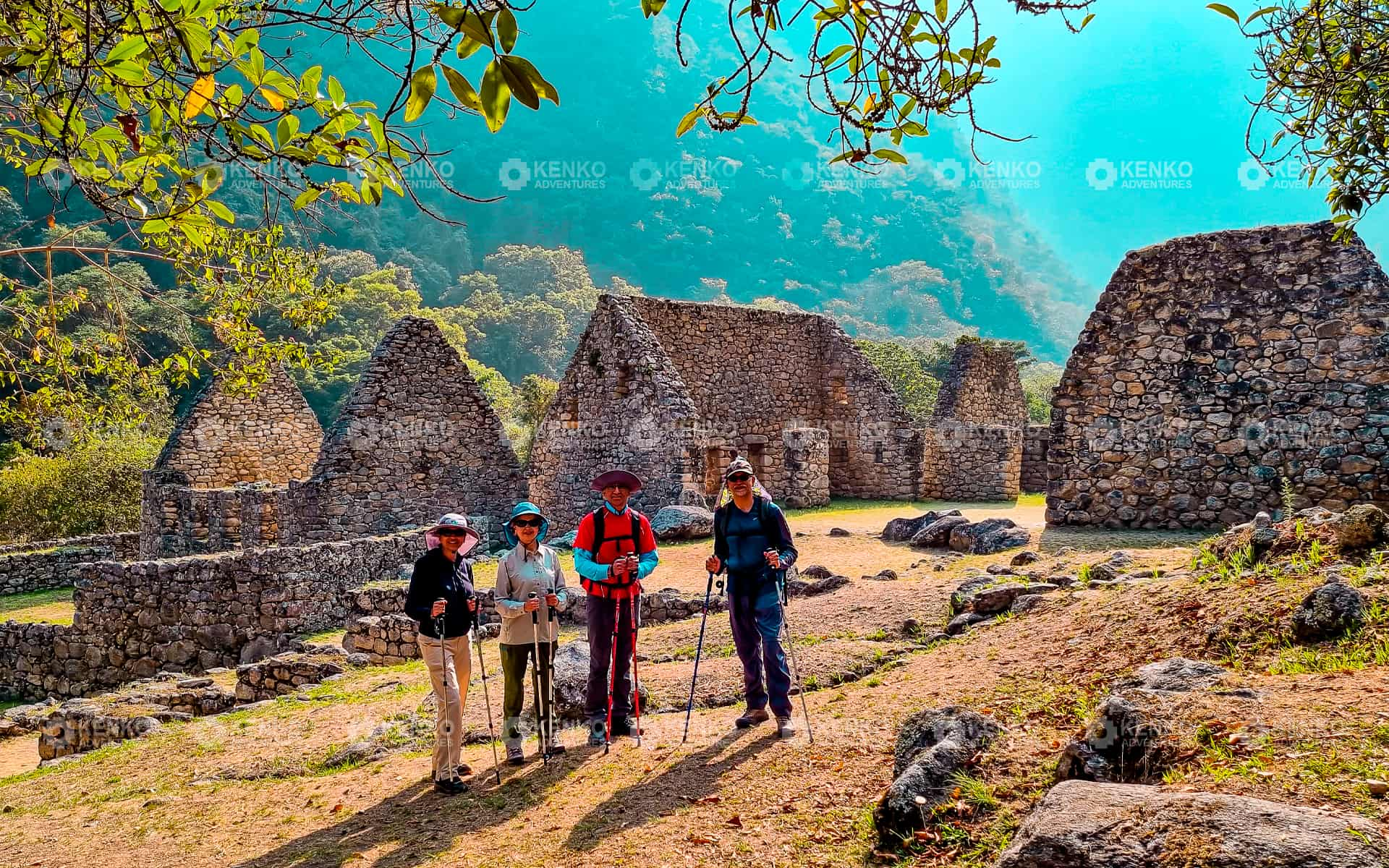
For hikers who decide to undertake the Short Inca Trail and 1-Day Inca Trail, Chachabamba is a key stop that offers insight into the spiritual practices of the Incas. This archaeological center marks the beginning of the final ascent to Machu Picchu and offers insight into the daily life of the Incas who traveled and lived along this sacred route. Unlike Machu Picchu, which was hidden in the clouds, Chachabamba was more accessible and served as a resting point for chaskis and pilgrims. The main attraction of the site is its series of terraces and water channels, which reflect the advanced agricultural and hydraulic knowledge of the Incas.
What is Chachabamba Peru?
The archaeological site of Chachabamba Peru is one of the lesser‑visited but deeply meaningful stops on the famous Inca Trail to Machu Picchu. Located at approximately 2,170 meters above sea level on the banks of the Vilcanota (Urubamba) River, it lies near the kilometer 104 mark of the rail track linking Ollantaytambo with Aguas Calientes.
The name “Chachabamba” in Quechua has various interpretations, one being “valley of mosquito bites” (chacha = bites/picaduras, bamba = valley/place) and another more poetic translation being “valley of the origin of waters”, presumably referencing the sound of water in the valley and its ritual significance.
Historical overview of Chachabamba
Chachabamba Peru was “discovered” by modern archaeology in 1940–1941 under the direction of Paul Fejos, though its original Inca usage dates to the late 15th – early 16th century in the height of the Tawantinsuyu.
It functioned as a ceremonial complex and checkpoint along the Inca road system (Qhapaq Ñan), facilitating pilgrimage, control of access to Machu Picchu, and ritual purification related to water and landscape.
Importance of Chachabamba in the Inca Trail network
Chachabamba occupies a strategic point on the 2‑day or short version of the Inca Trail: it marks the official trailhead at km 104 for shorter treks leading to Machu Picchu. From this point walkers enter a sub‑tropical cloud forest zone, leaving the ballast of the valley behind and ascending toward the high Andean ruins.
Because of this role, Chachabamba Peru exemplifies the seamless integration of nature, architecture and ritual in the Inca world — serving as both a “gateway” and a purification site before pilgrims reached the sacred citadel.
You might also want to check out: A guide to hiking to the Sun Gate (Inti Punku)
The architecture and function of Chachabamba Peru
Chachabamba’s design reflects both architectural sophistication and ritual function. The complex includes agricultural terraces, water channels, stone baths (paqchas), ceremonial plazas and carved rock altars, all characteristic of the Inca’s capacity to adapt terrain and embed spirituality within the built environment.
Here, the Incas appear to have blended practical needs (control of a route, agriculture, water management) with spiritual concerns (purification, ritual baths, sacred water) — making Chachabamba Peru more than just a pass‑through ruin, but a meaningful node in the Andean landscape.
Water systems and agricultural features
One of the remarkable aspects of Chachabamba Peru is its hydraulic engineering: water channels and baths are carved with precision, demonstrating how the Incas diverted, controlled and ritualized water flow. These channels likely had both ritual (purification, offerings) and agricultural (irrigation) functions.
The agricultural terraces and flat zones around Chachabamba also show how the Incas exploited a fertile valley near the cloud forest, allowing for cultivation of tropical or subtropical crops before ascending into highlands. The connection between farming, ritual and passage at Chachabamba is a vivid example of the Inca worldview.
How to visit Chachabamba Peru
Visiting Chachabamba Peru requires planning, as the site is accessible primarily via the Short Inca Trail or through authorized tour operators. It is not visited in great numbers like Machu Picchu, so it offers a quieter encounter with Inca architecture in nature.
In this section we provide practical advice: how to get there, what to expect, and how you can prepare your trek to maximise your experience of Chachabamba.
Where it’s located and how to get there
Chachabamba Peru is located at kilometer 104 on the railway line between Ollantaytambo and Aguas Calientes, approximately 30 km from Cusco. From the train stop at km 104, walkers proceed on foot along the Short Inca Trail route through cloud forest to Wiñay Wayna and then Machu Picchu.
Access to the site is included in the 2‑day Short Inca Trail permit. Independent access is restricted, so it’s important to book with authorised operators who handle permits, guides, and logistics.
Machu Picchu Soul
Tips for trekking and what to expect
When trekking to Chachabamba Peru, expect a moderate walk through lush forest, stone steps and historic Inca trail segments. The altitude is lower (around 2,170 m) than higher Andean passes, but you will still ascend and the terrain becomes steeper toward Wiñay Wayna.
Prepare with good trekking shoes, layers of clothing, insect repellent (especially given the cloud‑forest environment suggested by the name “valley of mosquito bites”), and sunscreen. Also, water and snacks are essential, and travel with a guide enriches your understanding of what you’re seeing.
Chachabamba Peru compared to other Inca sites
While lesser known than Machu Picchu or Wiñay Wayna, Chachabamba Peru has distinctive features that set it apart: its proximity to the beginning of the trail, its emphasis on water ritual, and its blend of cloud‑forest environment with Inca stonework. This section highlights the differences and unique values of Chachabamba.
By comparing it to other sites you’ll understand why it deserves attention, both for historians and travellers seeking a deeper experience of the Inca Trail beyond the final destination.
Chachabamba vs Wiñay Wayna and other nearby ruins
Wiñay Wayna, further up the trail, is more frequently visited, has larger terraces and a superb vantage point. In contrast, Chachabamba Peru lies at a lower altitude, is integrated more closely with riverine and tropical systems, and emphasizes ritual purification through water channels and baths.
Therefore, while both sites share Inca craftsmanship and trail context, Chachabamba offers a quieter, more introspective pause along the path — a place to reflect before moving onwards toward Machu Picchu.
Why Chachabamba stands out on the Inca Trail
Chachabamba Peru stands out because it is almost the literal threshold to Machu Picchu for those on the Short Inca Trail. It is where the environment shifts from river valley to cloud forest, where water becomes central and where the built environment merges with wilderness. This transition zone creates a powerful sense of movement and transformation.
Additionally, the architectural emphasis on ritual baths and water systems gives Chachabamba a thematic uniqueness: it is less about monumental scale and more about integration with nature, ceremony and travel — a “prelude” to the grandeur of Machu Picchu.
You might also want to check out: What animals can i see on the Inca Trail?
The spiritual and cultural meaning of Chachabamba Peru
Beyond its physical remains, Chachabamba Peru is a site laden with cultural meaning: the Incas saw trails as more than travel routes, they were spiritual passages, and Chachabamba was part of that sacred geography. Understanding these dimensions enriches the visit and deepens appreciation of the site.
In this section we explore how Chachabamba functioned in Inca cosmology, water cults, and how today we can reflect on that legacy.
Chachabamba as a site for ritual and purification
One of the key interpretations of Chachabamba Peru is that it served as a purification site for pilgrims bound for Machu Picchu. The presence of stone baths (paqchas) and channels implies water ritual — perhaps cleansing the body and spirit before entering the sacred precinct of Machu Picchu.
This ritual function is consistent with Andean cosmology: water is life, the mountains (apus) are gods, and the movement of people along trails is a ceremonial journey. Thus, Chachabamba Peru can be seen not only as architecture but as performance space, where journey, nature and ritual converge.
Symbolism of water and stone in Inca cosmology
The Incas experienced the landscape as alive: mountains, watercourses and stone were all interconnected. In Chachabamba Peru the carved channels, baths, and terraces link rock and water, signifying control over elements, purification and connection to the sacred. The site’s location near river and forest highlights this integrative view.
Trekero
Today, visitors walking through Chachabamba can sense this layering of meaning: the stone walls are not simply ruins, they are reminders of a worldview that honoured nature, movement and the sacred.
You might also want to check out: History of Pisco Sour and Recipe
Preserving Chachabamba Peru today
The preservation of Chachabamba Peru faces challenges: erosion, vegetation overgrowth, trail wear, increasing tourism, and climate effects. At the same time, it offers opportunities for community‑based heritage, educational trekking and mindful tourism. This section outlines conservation efforts, responsibilities and how travellers can contribute.
Seeing how Chachabamba Peru is managed today deepens our respect for the site and underscores the idea that heritage is shared, not static.
Conservation efforts and challenges
Chachabamba Peru lies within the Machu Picchu Historical Sanctuary, and the path from km 104 is managed as part of the Inca Trail system. Maintenance efforts include clearing vegetation, reinforcing trail structures and restoring water channels. Nevertheless, remote location, restricted access and environmental pressures make preservation complex.
ConservationVIP
Changes in land use, seasonal heavy rains, mosquito pressure, and the delicate cloud‑forest ecosystem all present threats. Ensuring that the site remains stable for future generations requires coordination between park authorities, heritage managers and trekking operators.
Responsible tourism and how to support preservation
When visiting Chachabamba Peru, travellers can support preservation by following trail rules, using guides, staying on designated paths, avoiding litter and respecting the environment. Choosing ethical operators and acknowledging the local communities’ role in stewardship makes a difference.
Small actions—like staying on marked trails, avoiding noise, and supporting low‑impact tourism—help maintain the tranquillity and authenticity of Chachabamba, allowing it to remain an understated gem rather than becoming over‑run.
You might also want to check out: Wildlife & Flora Found in the Inca Trail
Chachabamba: A forgotten Inca Sanctuary on the way to Machu Picchu
Chachabamba is an often overlooked Inca site located along the Short Inca Trail or 1-day Inca trail to Machu Picchu. Its strategic position near the Urubamba River indicates that it served both religious and administrative purposes.
Built in a unique Inca style, the site is characterized by finely carved stone structures, including a series of ritual baths believed to have been used for ceremonial purposes, likely related to water worship, as is Moray which is located in the city of Cusco.
Despite its smaller size compared to other Inca sites, Chachabamba plays an important role in understanding Inca cosmology and its intricate relationship with nature.
Chachabamba travel guide: What to expect during your visit
Visitors to Chachabamba can expect to explore finely carved stone structures, ceremonial baths, and terraces. It's a relatively small site, but its historical and spiritual significance makes it a must-see for those interested in Inca history.
Exploring Chachabamba: Essential tips for travelers and hikers
- Start early to avoid crowds.
- Bring plenty of water and a camera to capture the stunning landscapes.
- Wear comfortable hiking shoes for the trek along the Short Inca Trail.
Why Chachabamba is crucial for the short Inca Trail to Machu Picchu
Chachabamba provides essential context for understanding the Inca Trail. It serves as a spiritual and ceremonial prelude to the journey towards Machu Picchu, enriching the overall experience for hikers and history enthusiasts alike.
Why Kenko Adventures?
We offer unique services like: hot shower and private toilets on treks. We have a real responsibility taking care of our planet.
Experts on: Inca Trail hikes and Machu Picchu Hiking Tours. We operate small groups.
Superior Quality services and full flexibility for any changes in this pandemic
Free warm jacket for my litle friend!
Kenko Adventure Peru founder decided to add a social proyect in all Our tours that means, if you are booking a tour with Us, you automatically are donating a warm jacket for Our litle kids that have very hard living in very cold conditions near by the Andes Mountain
